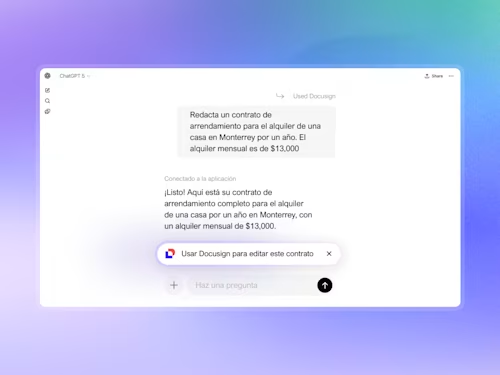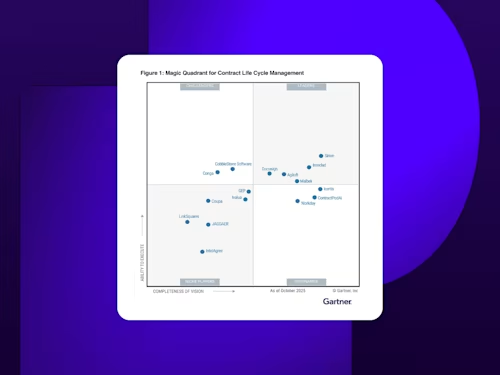
Publicaciones populares
Verificación en dos pasos: cómo protege tus documentos y contratos en línea
La verificación en dos pasos protege tus contratos digitales al confirmar tu identidad y evitar accesos no autorizados.


Descubre cómo crecen las organizaciones con Docusign
Publicaciones recientes
Estrategias e insights sobre acuerdos, enviados directamente a tu bandeja de entrada
Docusign IAM: la plataforma de acuerdos que tu negocio necesita















